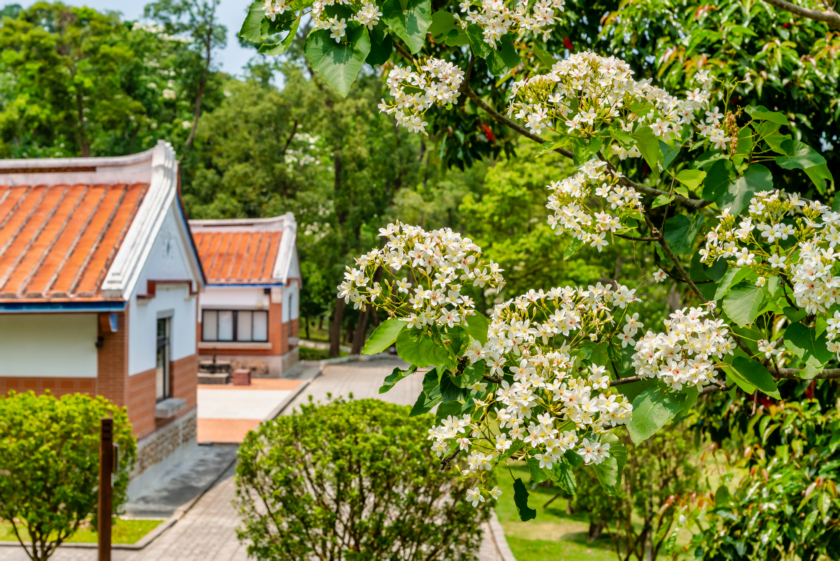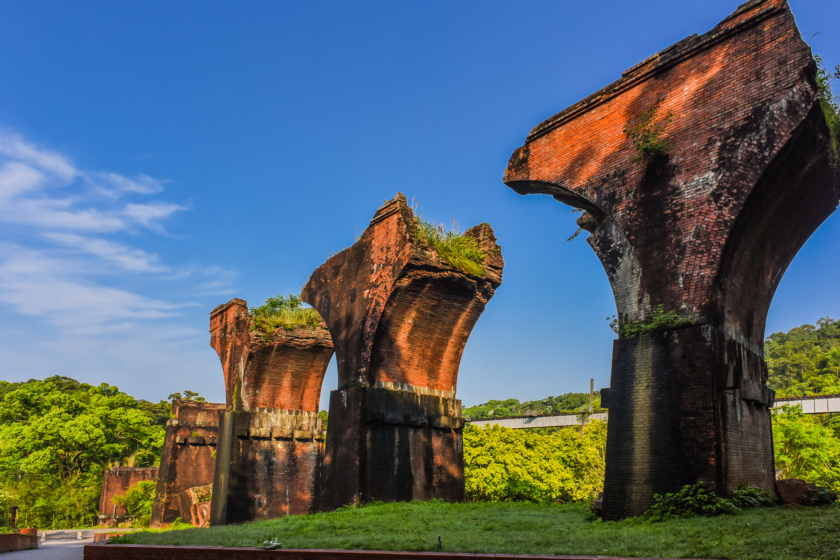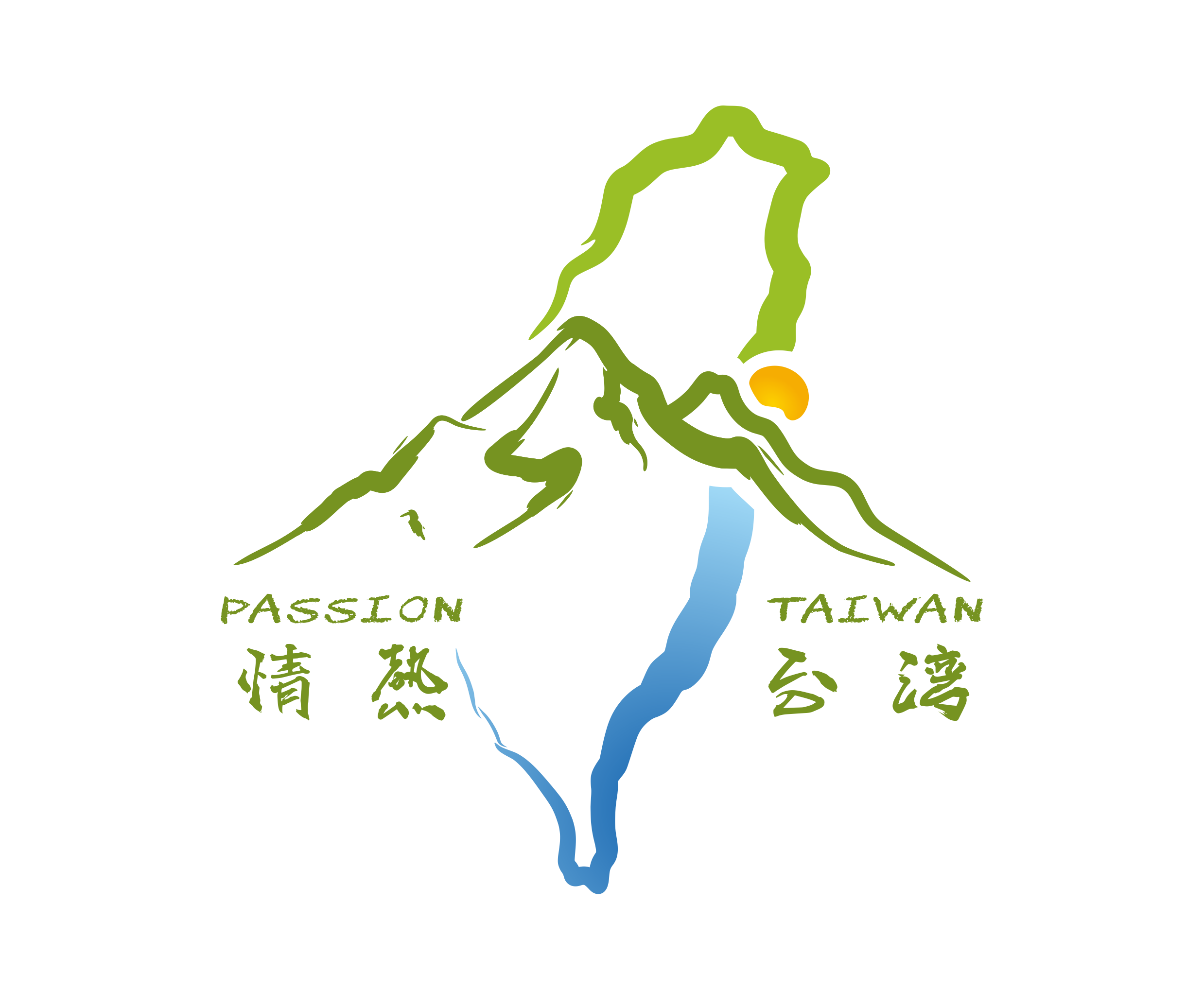Late spring and early summer resonate with the sounds of cicadas echoing through the mountains, while in the northern shallow hills, fine snowflakes flutter down. It’s also the season when Tung blossom profusely. Recorded in the Tang Dynasty’s “Zhou Book,” it states: “On Qingming day, Tung trees begin to bloom.” The Tung blossom symbolizes “the flower of Qingming,” and as spring warms and the sun shines brightly, with myriad flowers in full bloom, it’s time for the Tung blossom to take the stage.
Scattered throughout the mountainous areas north of Miaoli, the Tung Oil tree, different from the ancient Chinese parasol tree, has similar yet distinct qualities. The Tung Oil tree, scientifically known as Aleurites Montana, is a deciduous tree native to Fujian, Guangdong, Zhejiang, and surrounding regions in China. It was introduced to Taiwan during the Japanese Taisho era (1915). With strong adaptability and rapid growth, it once dominated Taiwan’s forestry, replacing the parasol tree.
After Qingming, gentle rain showers awaken the Tung blossom, filling the mountain paths with a delicate and fragrant aura. The newly blooming snow-white flowers, with their crimson stamens, add a fresh charm to the green leaves. The song “Tung Oil Flowers” by Lu Jinshou metaphorically describes guests as resilient, akin to the elegant and graceful flowers, the tree’s adaptability, and the economic utility of its fruits. Together with Hakka people, they have migrated to Taiwan and put down roots.
In the era of the past, the economy of the Hakka villages was closely intertwined with Tung Oil. Most Tung Oil trees in Taiwan are “millennium Tung trees.” Tung Oil seeds can be pressed for oil, used as coatings for wood surfaces, paints, and ink materials. Tung Oil wood is soft in texture, easy to process, and serves as raw material for drawers, wooden clogs, and musical instruments. Since 2002, the Hakka Affairs Council has promoted the “Hakka Tung Blossom Festival,” making Taoyuan, Hsinchu, and Miaoli popular destinations for flower viewing.
After Qingming, gentle rain showers awaken the Tung blossom, filling the mountain paths with a delicate and fragrant aura. The newly blooming snow-white flowers, with their crimson stamens, add a fresh charm to the green leaves. The century-old Tung blossom railway, the old mountain line in a snow-colored brocade
In addition to well-known Tung blossom towns such as Tungluo, Gongguan, and Sanyi, the “Old Mountain Line Railway Cycling” in Sanyi, rich in historical sentiment, is adorned with clusters of white flowers along the way, singing praises of the past splendor, accompanied by the sound of bicycles “clattering-clattering” in the ears, creating a natural harmony with the railway.
Even before Tung Oil took root in Taiwan, the Old Mountain Line, completed in 1908, set milestones in railway history with its steepest gradient, sharpest curves, and longest tunnel group. It was once nominated as a “potential World Heritage site in Taiwan” and is inextricably linked to the development of western cities. Until the steam train ceased operations, and the western railway was electrified, stepping back from the historical stage, it transformed into a form of “railway cycling” for green tourism.
High-altitude railway cycling recounts the centuries-old shadows along the tracks, starting from the highest point in the west, Shengxing Station or Longteng Station. It passes through attractions such as the Longteng Suspension Bridge and Liyutan, with several tunnels along the way dug with the sweat and tears of predecessors, while Tung blossoms blanket the mountains, and verdant scenes akin to snow can be seen along Line A.
If Sanyi is chosen as the destination for flower viewing, CNN recommends the top-rated B&B in Taiwan, “Shu Ye ChooArt Villa,” adjacent to the Old Mountain Line Railway and Longteng Suspension Bridge. With camphor trees and pines in the courtyard, a soft carpet of flowers covers the gray mud, and fireflies light up the night sky, weaving a picturesque mountain retreat in the budding emotions.



